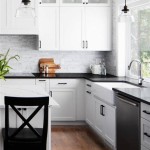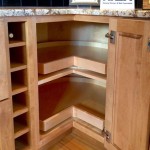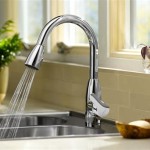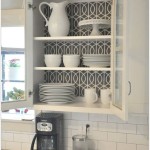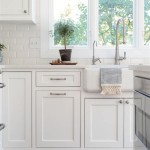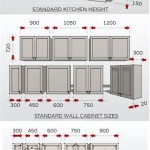Kitchen Island with Concrete Top
Kitchen islands have become a staple in modern kitchen design, offering valuable workspace, storage, and a focal point for the room. Choosing the right countertop material is crucial for both aesthetics and functionality. Concrete countertops, once considered an unconventional choice, are increasingly popular due to their durability, versatility, and unique visual appeal. A kitchen island with a concrete top offers a blend of industrial chic and modern elegance, making it a compelling option for homeowners seeking a distinctive and robust kitchen centerpiece.
Durability and Longevity
Concrete is inherently a strong and durable material, making it an excellent choice for a kitchen island countertop. With proper sealing, a concrete countertop can withstand the rigors of daily kitchen use, resisting scratches, chips, and heat. This inherent resilience means a concrete countertop can last for decades, providing a long-term return on investment. The sealant also protects the concrete from staining, though spills should still be wiped up promptly to prevent any potential discoloration. While concrete can crack under extreme stress, proper installation and reinforcement minimize this risk.
Design Versatility
One of the most appealing aspects of concrete countertops is their design versatility. Concrete can be customized to match virtually any kitchen aesthetic. The color can be adjusted through pigments, allowing homeowners to choose from a vast spectrum of shades, from classic gray to vibrant hues. The texture can also be tailored, ranging from a smooth, polished finish to a rough, textured surface. Furthermore, decorative elements like embedded glass, stones, or metal can be incorporated during the casting process, adding a unique, personalized touch to the island.
Beyond color and texture, the shape and size of the concrete countertop can be customized to fit the specific dimensions and layout of the kitchen. This allows for a seamless integration of the island into the overall design scheme, whether the kitchen is a compact galley or a spacious open-plan layout. This flexibility makes concrete a particularly attractive option for homeowners seeking a bespoke kitchen island.
Maintenance and Care
Maintaining a concrete countertop is relatively straightforward. Regular cleaning with a mild soap and water solution is sufficient for everyday maintenance. Periodic resealing, typically every one to three years, is recommended to maintain the countertop's stain resistance and protective barrier. While concrete is heat resistant, it's advisable to use trivets or hot pads to avoid potential thermal shock, which could cause cracking or discoloration over time. Avoiding harsh chemical cleaners and abrasive scrubbing pads will help preserve the countertop's finish and prevent damage.
Cost Considerations
The cost of a concrete countertop can vary depending on factors such as size, thickness, design complexity, and local labor rates. Generally, concrete countertops are comparable in price to high-end materials like granite or quartz. While the initial investment might be higher than some other countertop options, the durability and longevity of concrete can offset the cost over time, making it a worthwhile investment for those seeking a long-lasting and aesthetically pleasing kitchen island.
Installation Process
The installation of a concrete countertop is a specialized process and is best handled by experienced professionals. The process typically involves creating a mold based on the island's dimensions, pouring the concrete mixture, and allowing it to cure. Once cured, the countertop is then finished and sealed to achieve the desired look and protection. The weight of a concrete countertop is a significant factor to consider during installation, requiring robust support structures within the island base. Proper planning and execution are essential for a successful and structurally sound installation.
Integration with Kitchen Design
A concrete countertop offers a neutral backdrop that can complement a wide range of kitchen styles. It pairs well with both modern and traditional cabinetry and can be integrated seamlessly with various appliance finishes. The inherent industrial aesthetic of concrete can be softened with warm wood tones and natural textures, or it can be embraced fully in a contemporary industrial-style kitchen. The versatility of concrete allows it to be a unifying element, tying together various design elements in the kitchen space.
The inherent mass and solidity of a concrete countertop contribute to a sense of permanence and quality in the kitchen. This visual weight anchors the island and creates a focal point that enhances the overall aesthetic of the room. The cool, smooth surface of the concrete offers a tactile experience that complements the warmth of wood cabinets and the sleekness of stainless steel appliances, creating a balanced and inviting kitchen environment.

Pictures Of Concrete Kitchen Islands

13 Concrete Kitchen Island Ideas Network

Concrete Kitchen Countertop And Island Contemporary New York By Trueform Llc Houzz

Kitchen Island With Concrete Top Transitional Integrity Custom Woodworks

25 Kitchen Islands To Make A Statement Digsdigs

Island With Concrete Top Design Ideas

Concrete Kitchen Island Faux Raw Look Fusion Miami By Thiel Studios Houzz

40 Amazing And Stylish Kitchens With Concrete Countertops

15 Stylish Kitchen Designs With Concrete Counter Highlights

Pictures Of Concrete Kitchen Islands
See Also

